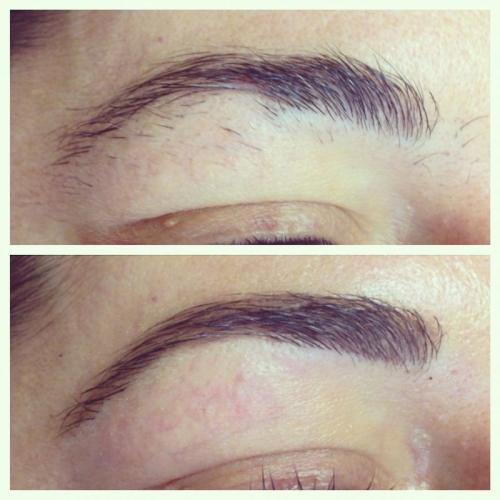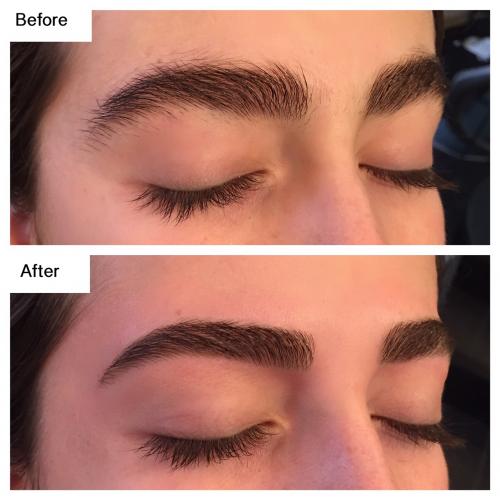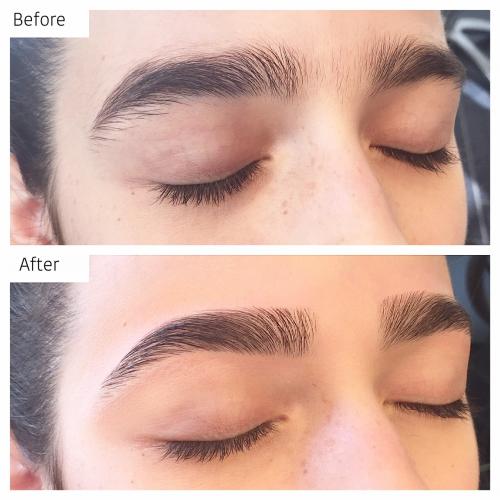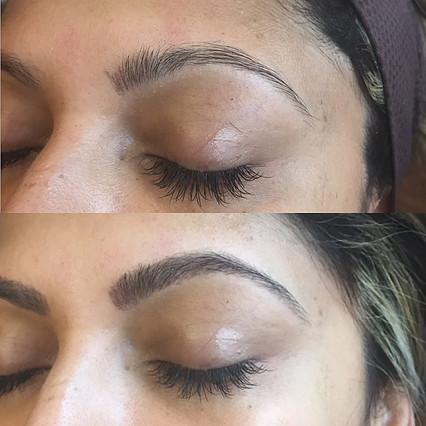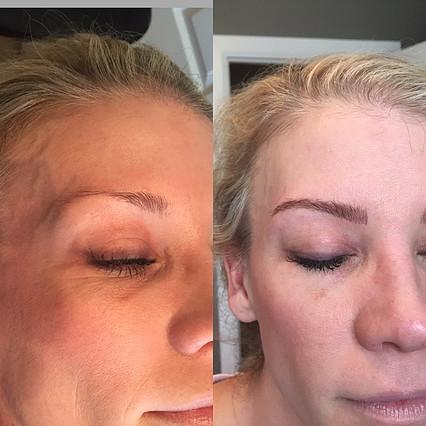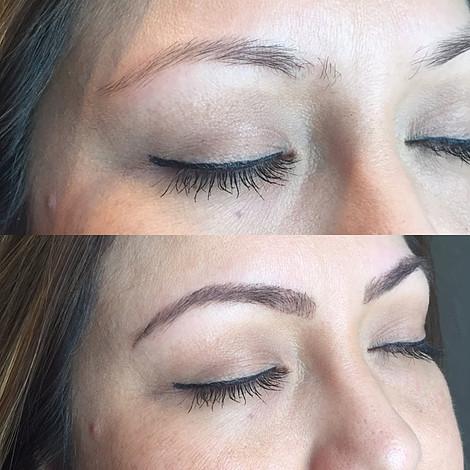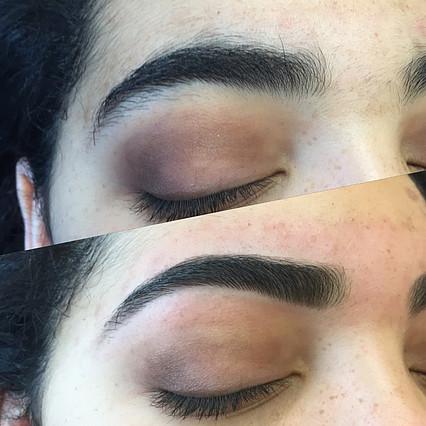To Buy Keflex Online Visit Our Pharmacy ↓

Understanding Keflex: What Is It Exactly?
Keflex, also known by its generic name cephalexin, is a widely prescribed antibiotic used to treat various bacterial infections, including those affecting the skin. As a member of the cephalosporin class, Keflex works by targeting and disrupting the bacterial cell wall, leading to the elimination of the infection. This effective mechanism makes it a common script in dermatological treatments.
When dealing with skin infections, timely intervention is crucial, and that's where Keflex can be a game-changer. It is often preferred due to its broad-spectrum activity against various bacteria. Moreover, this medication is usually well-tolerated, making it suitable for many patients.
| Term | Meaning |
|---|---|
| Script | Prescription |
| Keflex | Antibiotic (Cephalexin) |
| Broad-spectrum | Effective against a wide range of bacteria |
How Keflex Acts on Skin Infections

Keflex, known by its generics name cefalexin, is effective against various bacteria that cause skin infections. Once administered, the antibiotic is absorbed into the bloodstream, making its way to the site of infection. Here, it disrupts the bacteria's cell wall synthesis. Specifically, Keflex blocks the formation of peptidoglycan, an essential component of the bacterial cell wall, causing the bacteria to burst and die.
In the world of antibiotics, Keflex operates with precision. Whether taken as a tablet or an elixir, it evenly distributes itself in the body, ensuring rapid relief. Many patients prefer Keflex due to its relatively quick action. Always follow the sig on your prescription to achieve optimal results.
Common Skin Infections Treated with Keflex
When it comes to tackling skin infections, Keflex is frequently scripted for a variety of common ailments due to its broad-spectrum antibiotic properties. Physicians often recommend it for cellulitis, a bacterial infection causing redness, swelling, and pain in the skin, and impetigo, a highly contagious skin condition typically affecting children. Keflex is also effective against uncomplicated infections such as folliculitis, where hair follicles become infected and inflamed, and certain types of infected wounds or surgical sites.
The reliability of Keflex makes it a first-line treatment in many cases, especially when rapid intervention is necessary to avoid further complications. The compound medication’s ability to inhibit bacterial growth ensures a quick response against infection, making it highly valued in dermatological care.
Given its efficacy, Keflex stands out among generics for its role in resolving skin issues swiftly and efficiently. Although each patient's experience may vary, it’s reassuring to have a dependable antibiotic like Keflex in the medical toolkit, providing relief where other treatments might falter.
Dosage and Administration Guidelines for Keflex

When taking Keflex for skin infections, observing the correct dosage and administration is paramount. Typically, the prescribed dose varies depending on the severity of the infection and individual patient factors. Most commonly, adults are advised to take Keflex by mouth, usually every 6 to 12 hours, following the Sig provided by their healthcare provider. It's essential to adhere to the full course, even if symptoms improve early, to ensure the infection is fully eradicated.
Taking Keflex with or without food does not impact its effectiveness, although taking it with food might prevent stomach upset. Patients should avoid self-adjusting their doses and consult their healthcare provider for any changes. Additionally, it's worth noting that regular timing is crucial—missing doses can lead to decreased effectiveness and potential bacterial resistance.
Maintaining clear communication with your prescribing doctor—the “Candyman” if you will—is essential. Reporting any adverse effects immediately can prevent complications. Always read the Script carefully and ensure you understand the Sig provided. Also, remember not to share your Keflex prescription with others or use it for conditions other than those prescribed.
Potential Side Effects and Precautions
When taking Keflex, it's crucial to be aware of potential side effects. Common reactions include gastrointestinal issues such as nausea, vomiting, and diarrhea. Some patients may also experience allergic reactions, characterized by a rash, itching, or difficulty breathing—symptoms that need immediate ('stat') medical attention. Less common side effects, such as dizziness or tiredness, could impact your ability to perform daily tasks safely. It's essential to contact your healthcare provider if you experience any severe or persistent side effects.
| Common Side Effects | Less Common Side Effects |
|---|---|
| Nausea, vomiting, diarrhea | Dizziness, tiredness |
| Allergic reactions (rash, itching) | Difficulty breathing^1 |
Before you fill the script for Keflex, consult with your healthcare professional regarding any existing allergies or conditions that could interact with the medication. Patients with a history of allergic reactions to penicillins or cephalosporins should be particularly cautious. It's also important to follow the 'sig' on your prescription closely to avoid misuse. Keep Keflex elixir (liquid form) in the fridge to maintain its efficacy and always complete the full course to prevent resistant bacteria from developing.
Comparing Keflex to Other Antibiotics for Skin Infections
When comparing Keflex to other antibiotics for treating skin infections, it's essential to understand that Keflex, a cephalosporin, is highly effective against a range of bacteria often responsible for skin issues. However, other antibiotics like Bactrim or Clindamycin may be more suitable for certain infections, particularly those caused by resistant strains like MRSA. It's a sort of therapeutic substitution where the right 'script can make all the difference.
Patients often experience fewer side effects with Keflex compared to others, though 'meds check' is crucial to minimize adverse reactions. Also, the ease of swallowing this 'tablet' twice daily can enhance patient compliance, a significant factor in effective treatment.
Before & After
Testimonials
Read out what our customers say about our services.
Read Testimonials
Join Our VIP List
Great News!
Comming soon our new location in Fort Worth (Alliance area)
3529 Heritage Trace Parkway, Suite 163
Fort Worth, TX 76244
Sign up now to join our VIP list and receive coupons

